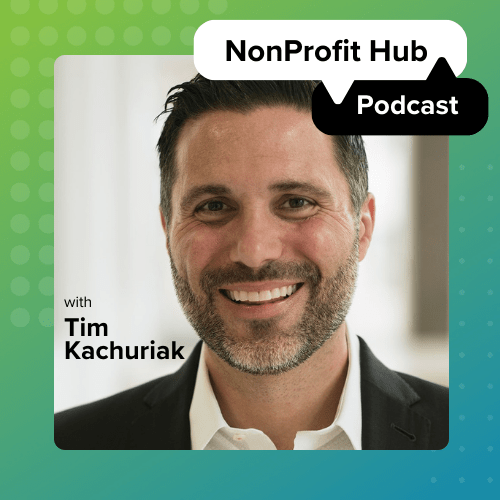In the wake of the IRS issues with determining the tax-exempt status of organizations that had applied for 501(c)(4) status, there seems to be more and more discussion about the purpose of tax exemption in the first place, and what sorts of activities should be supported by tax-exemption and other tax breaks. Senate Finance Committee Finance Chairman Max Baucus (D-Mont.) and ranking Republican member Sen. Orrin Hatch (Utah) have proposed starting with a blank slate and forcing other Senators to make anew the case for any tax breaks that they favor.
This is not just happening at the federal level, either. As states and localities struggle to make ends meet and eye the large health systems and universities that have great wealth but don’t, for example, have to pay property taxes, they are more aggressively challenging the notion of what tax-exempt means.
In Princeton, NJ, a group of residents has brought suit questioning whether Princeton University, which has distributed tens of millions of dollars to faculty from patent income under its profit-sharing plan, deserves to be considered anything other than a business. In Pittsburgh, the mayor and the University of Pittsburgh Medical Center (one of the ten largest by revenue in the US) are engaged in increasingly rancorous and even bizarre arguments over UPMC’s tax status.
So why tax exemption in the first place? Taxes were a very different thing when the first ships landed in Jamestown in 1607. Personal and business income was not taxed, and the idea of taxing charitable activities simply wouldn’t have occurred to anyone. It was not until the Tariff Act of 1894 that there is any statutory mention of tax exemption for entities “organized and conducted solely for charitable, religious, or educational purposes, including fraternal beneficiary associations”. This law also established the principle that in order to qualify, these organizations must be free of private inurement. The Revenue Act of 1917 established the individual tax deduction for contributions to charitable organizations.
It didn’t take long for the possibility of competition between tax-exempt organizations and for-profit businesses to come to a head. In 1948, the Mueller Macaroni Company was donated to the NYU Law School. Because the NYU Law School was tax-exempt, it argued successfully in court that it was not required to pay taxes on the earnings of the company, which miffed Mueller’s largest competitor, Ronzini. In 1950, Congress passed a law that required tax-exempt organizations to pay taxes on “unrelated business income.” The law school did hang on to Mueller’s until 1976, but they had to pay taxes on its profits.
Beyond the notion of competition, there is still the question of private inurement, the concept that the excess of earnings by tax-exempt charitable organizations will not benefit in whole or in part private individuals. In 2011, the President and CEO of UPMC made more than $6 million in total compensation while UPMC took in about half a billion dollars more than it spent. The question increasingly being asked is not “Is the president of UPMC worth that much?” but rather “Is this what a charitable organization looks like?”
Finally, to further muddy the waters, we have the relatively new benefit corporations (or B corporations), which are required by law to consider stakeholders other than shareholders in their operations. Specifically, these organizations strive to be publicly transparent and accountable, as well as environmentally sensitive and socially responsible. That sounds to me like what I would like a charity to be, but in this case, private inurement is allowed. Recently, the state of Delaware, which is considered the gold standard when it comes to corporation law, passed legislation that will make it possible to incorporate B corporations in under that state’s laws. Many social entrepreneurs will find this venue more interesting than just passing money on to charities.
It seems hard to believe that either Princeton or UPMC will lose its tax-exempt status, and even then, these would be state actions having no impact on their federal tax-exemption. Still, it is remarkable that both Princeton and UPMC tried to get their cases dismissed for being without merit, and both were rebuffed. Between that, the Senate’s activities, and the continued blurring of the boundaries between nonprofit and for-profit organizations, the tax-exempt universe is living in interesting times.
Chuck McLean is GuideStar’s vice president of research. He is responsible for conducting research for GuideStar and customers interested in nonprofit sector data. He also works to identify new data sources and ways to present data effectively to GuideStar users. Chuck produces the annual GuideStar Compensation Report, which analyzes the salary and benefits of thousands of nonprofits throughout the country. He has 15 years of experience as a teacher and researcher in various institutions of higher education. Chuck serves on the advisory committee of the National Center for Charitable Statistics and is a member of the Panel of Nonprofit Sector Representatives for the Commission on Accountability and Policy for Religious Organizations. A graduate of Christopher Newport University, Chuck also received an M.S. degree in mathematics from the College of William and Mary.
Filed under: Charitable Giving, Policy, Trends ![]()







